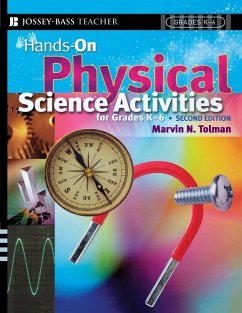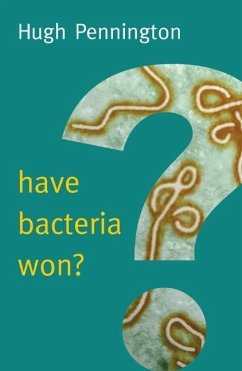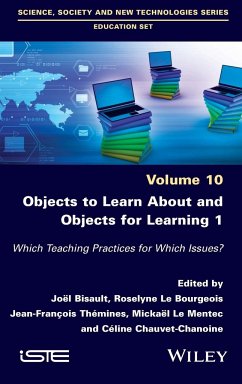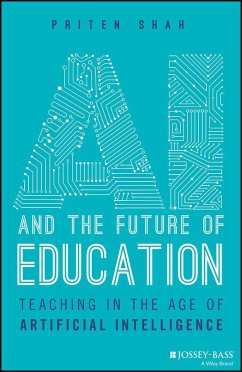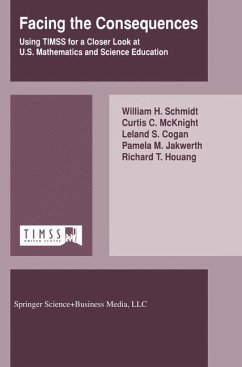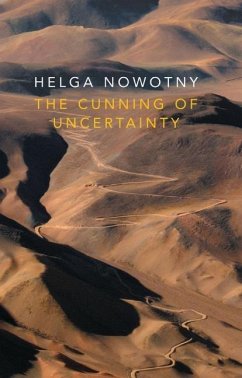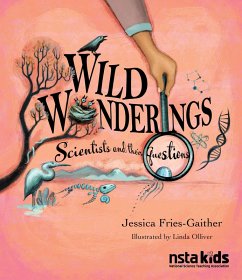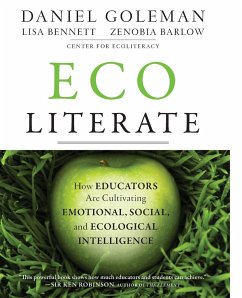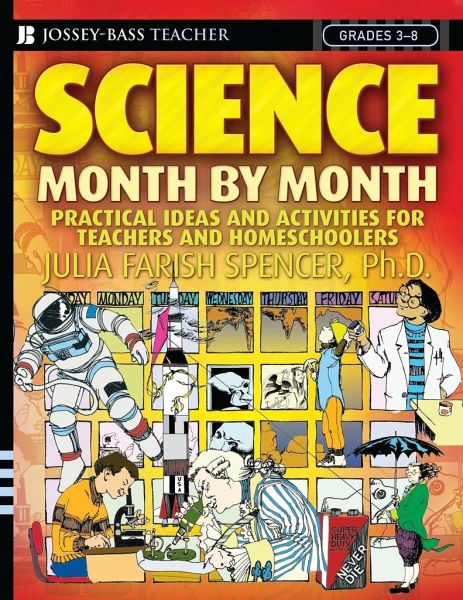
Science Month by Month, Grades 3-8
Practical Ideas and Activities for Teachers and Homeschoolers
Versandkostenfrei!
Versandfertig in über 4 Wochen
24,99 €
inkl. MwSt.

PAYBACK Punkte
12 °P sammeln!
Everything an elementary or middle school science teacher needs for a full year of science activities in the classroom This collection of lessons, activities, calendars of historic science events, vocabulary word lists, and reproducible worksheets includes everything elementary and middle school teachers need to develop seasonal science-theme units for their classrooms. The more than 80 activities are interdisciplinary, cover all areas of the science curriculum, and require no special equipment or materials. Illustrated with over 200 line drawings, the book also includes correlations to nation...
Everything an elementary or middle school science teacher needs for a full year of science activities in the classroom This collection of lessons, activities, calendars of historic science events, vocabulary word lists, and reproducible worksheets includes everything elementary and middle school teachers need to develop seasonal science-theme units for their classrooms. The more than 80 activities are interdisciplinary, cover all areas of the science curriculum, and require no special equipment or materials. Illustrated with over 200 line drawings, the book also includes correlations to national science standards as well as references to new technology and Web sites. Julia Spencer (Avon, CT) has taught science from elementary school through college and served as a supervisor of elementary science teachers. She is now an educational consultant and the author of several childrens books and books for teachers.



